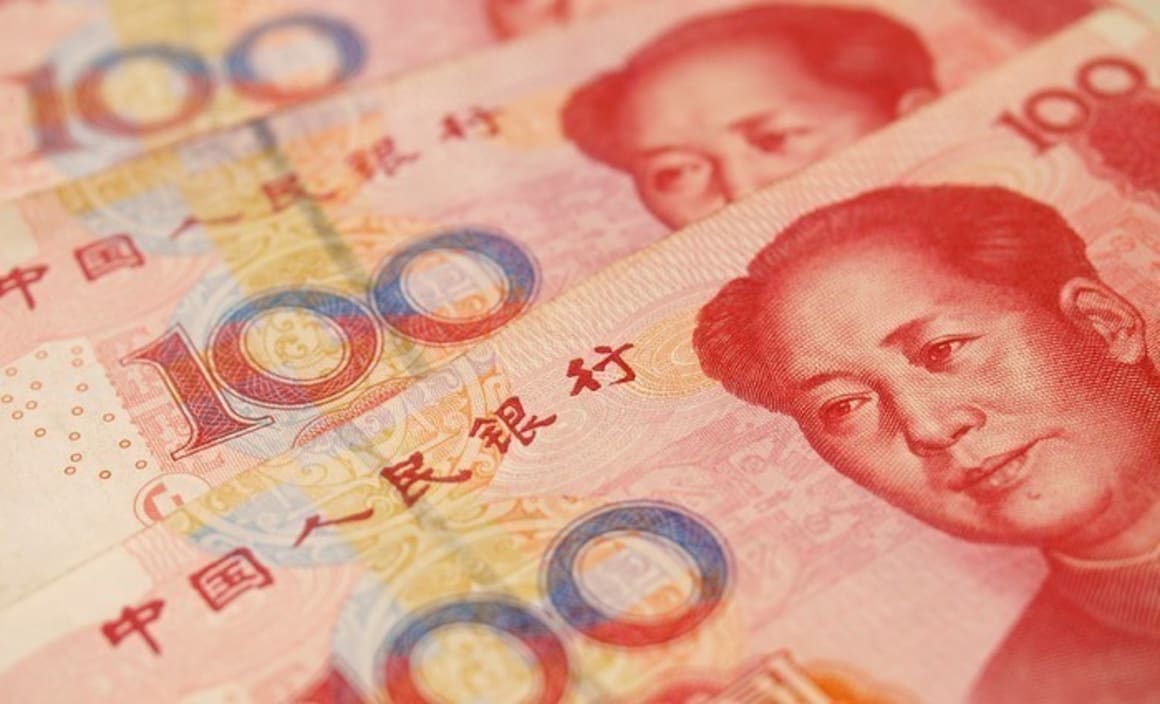Chinese inflation data confirms healthy economy: CommSec

Craig JamesDecember 8, 2020
EXPERT OBSERVATION
China consumer prices rose by 1.8 per cent in the year to April (forecast 1.9 per cent), down from 2.1 per cent in the year to March.
Food prices fell 1.9 per cent in April to stand 0.7 per cent higher than a year ago. Non-food prices rose 0.2 per cent to stand 2.1 per cent higher than a year ago.
China business inflation - producer prices rose by 3.4 per cent in the year to April (forecast 3.5 per cent), up from 3.1 per cent in the year to March. Raw material costs are up 5.7 per cent on the year.
The Chinese data have implications for the currency markets and therefore exporters and importers.
What does it all mean?
In China, non-food inflation has been comfortably between 2.0-2.5 per cent over the past year. In contrast Australian inflation is still struggling to get into the Reserve Bank’s 2-3 per cent target band. The bottom line is that the Chinese economy is healthy with firm activity levels and sustainable inflation. While costs for businesses are growing at a faster pace above 3 per cent, it will be remain just a watching brief for policymakers.
It is in Australia’s interests – especially in terms of the budget position – to have a healthy Chinese economy. At present the two largest economies – the US and China – are driving global economic growth. At the same time, a lower Australian dollar and rising energy prices are positive influences on resource sector incomes, and thus exports.
What do the figures show?
China inflation:
Consumer prices rose by 1.8 per cent in the year to April (forecast 1.9 per cent), down from 2.1 per cent in the year to March.
Consumer prices fell by 0.2 per cent in April after falling by 1.1 per cent in March. Food prices fell 1.9 per cent in April to stand 0.7 per cent higher than a year ago. Non-food prices rose 0.2 per cent to stand 2.1 per cent higher than a year ago.
Click here to enlarge.

Over the year, food and tobacco prices rose by 1.1 per cent; clothing rose 1.1 per cent; rent, fuel & utilities rose by 2.2 per cent; household goods and appliances rose 1.5 per cent; transport and communications rose 1.1 per cent; education & entertainment rose 2.0 per cent; healthcare rose 5.2 per cent; and other goods and services were up 0.9 per cent.
Producer prices rose by 3.4 per cent in the year to April (forecast 3.5 per cent), up from 3.1 per cent in the year to March. It was the first lift in the annual rate in seven months.
Click here to enlarge.

Over the year, the prices of raw materials were up by 5.7 per cent with the cost of processing up 3.9 per cent. The means of production were up 4.5 per cent with extraction costs up 6.1 per cent.
Over the year prices of consumer goods rose just 0.1 per cent with consumer durables down 0.6 per cent over the year, “daily use” goods up 0.9 per cent and clothing up just 0.2 per cent.
What is the importance of the economic data?
China’s National Bureau of Statistics releases its monthly economic statistics around mid-month. Quarterly GDP data is released around the 19th of January, April, July and October. China’s Customs Office releases trade data, and the People’s Bank of China releases financial statistics, around the 10th of each month. China is Australia’s largest trading partner and changes in the Chinese economy have major implications for the Aussie economy.
What are the implications for interest rates and investors?
Chinese consumer inflation is still well below the broad target for 2018 of “around 3 per cent”. Consumer goods inflation is low with main strength in the services sector, especially healthcare.
Chinese producer prices are still growing in excess of consumer prices. So policymakers will remain alert, but at this stage there won’t be undue concern.
CommSec doesn’t expect a change in Australian interest rates in the near term.
Craig James is the chief economist at CommSec.
Craig James
Craig James is the Chief Economist at CommSec, interpreting ‘big picture’ economic and financial trends.